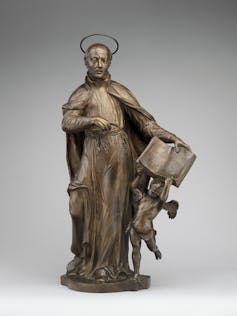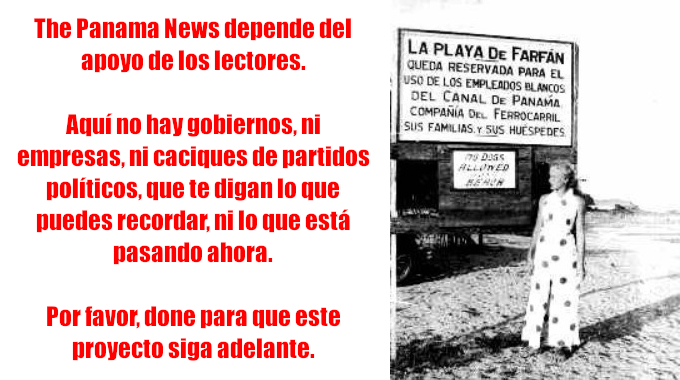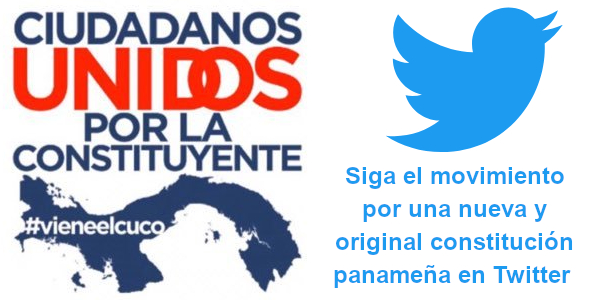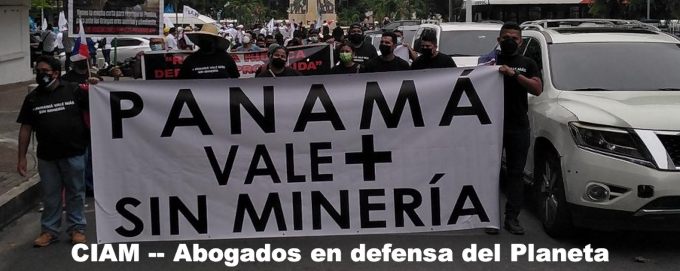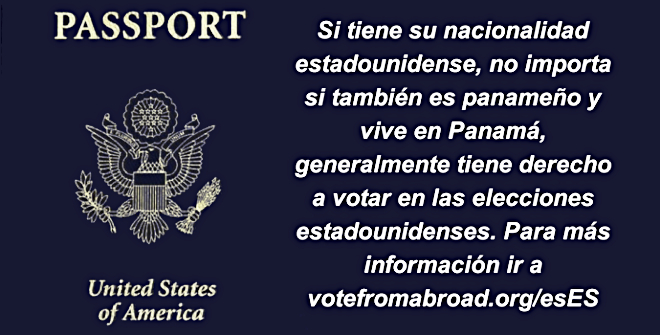“The Thomas dissent is only further proof that he is simply a threat to America,” said the father of a mass shooting victim. Trump and Thomas at the October 2020 swearing-in of Justice Barrett. White House photo by Tia Dufour.
‘Truly evil’ Clarence Thomas defends guns for domestic abusers
“Thank goodness. Also, Clarence Thomas is truly evil.”
That’s how one progressive pollster responded Friday to the US Supreme Court’s 8-1 ruling in United States v. Rahimi, which upheld a law prohibiting individuals subject to a domestic violence restraining order from possessing a firearm.
Critics across the political spectrum called Thomas’ lone dissent in the case “insane” and blasted the right-wing justice as “fucking awful,” a “corrupt lunatic,” and a “contemptible POS” who “continues to undermine the safety of women and disgrace the court.”
Some pointed out that after Thomas was nominated to the court in 1991 by then-President George H. W. Bush, during the Senate confirmation process, Anita Hill accused the future justice of sexually harassing her. More recently, Thomas has faced demands for his recusal or even resignation because he took gifts from right-wing billionaires and declined to report them.
Journalist Matt Fuller highlighted a portion of Chief Justice John Roberts’ majority opinion that describes various instances of Zackey Rahimi behaving violently with a weapon, including a December 2019 interaction with C.M., the mother of his child.
“C. M. attempted to leave, but Rahimi grabbed her by the wrist, dragged her back to his car, and shoved her in, causing her to strike her head against the dashboard,” Roberts wrote. “When he realized that a bystander was watching the altercation, Rahimi paused to retrieve a gun from under the passenger seat. C. M. took advantage of the opportunity to escape. Rahimi fired as she fled, although it is unclear whether he was aiming at C. M. or the witness.”
Amid expressions of relief that the court’s other members joined Roberts’ majority opinion—with several also writing concurring opinions—Moms Demand Action founder Shannon Watts said that “the Rahimi case should never have been taken up by SCOTUS. To even question whether domestic abusers should have access to guns shows just how extreme this court has become.”
Fred Guttenberg, whose 14-year-old daughter Jaime was murdered in the 2018 Marjory Stoneman Douglas High School shooting in Parkland, Florida, said that he was “glad to see the Supreme Court got it right” in Rahimi, compared with the 2022 ruling in New York State Rifle & Pistol Association v. Bruen.
“This case only existed because of the horrible Bruen ruling, a decision written by Justice Thomas who was the lone dissent here,” Guttenberg noted. “I am hoping that they cleaned up some of the Bruen issues with this case. The Thomas dissent is only further proof that he is simply a threat to America.”
Bruen struck down New York state’s restrictions on the concealed carry of firearms in public but had a broader effect on various gun control laws—which legal experts said could be further disrupted by the new decision. Slate’s Mark Joseph Stern explained Friday that while “both the majority and several concurrences are attempting to narrow and refine Bruen,” Thomas “says everybody else misunderstood his opinion” in the 2022 case.
Thomas wrote Friday that after Bruen, “this court’s directive was clear: A firearm regulation that falls within the Second Amendment’s plain text is unconstitutional unless it is consistent with the nation’s historical tradition of firearm regulation. Not a single historical regulation justifies the statute at issue.”
However, given the majority, Stern predicted that “A LOT of lower court decisions that interpreted Bruen as a maximalist cudgel against virtually all modern gun safety measures—and struck down a bunch of laws accordingly—are about to get vacated and remanded by the Supreme Court for reconsideration in light of Rahimi.”
This is a win for the gun safety movement and another loss for the gun lobby hellbent on putting lives in danger.
Gun control advocates cheered Friday’s ruling—which overturned a decision from the far-right US Court of Appeals for the 5th Circuit—and what it could mean for future court battles.
“Today, we’re celebrating that the Supreme Court ensured that the lives and safety of millions across the country will be protected over the desires of gun rights extremists. This is a win for the gun safety movement and another loss for the gun lobby hellbent on putting lives in danger,” declared Moms Demand Action executive director Angela Ferrell-Zabala.
Former Congresswoman Gabrielle Giffords (D-AZ), who has worked on gun violence prevention since surviving a 2011 shooting, said that “this is a win for women, children, and anyone who has experienced domestic abuse,” and it “would not have been possible without the work of gun safety and domestic violence advocates across the country.”
People for the American Way President Svante Myrick called out the “extreme, ultraconservative 5th Circuit” and stressed that while “we’re glad” the justices “made a reasonable ruling” in Rahimi, “we can’t lose sight of the fact that far-right majorities on the Supreme Court and a lower court set the stage for what could have been a disaster.”
“In fact, the majority of the court made clear that they may well invalidate other gun safety rules under Bruen even after today’s decision,” he warned. “That’s why we have to keep courts in mind when we go to the polls in November.”
In the November election, Democratic President Joe Biden is set to face former Republican President Donald Trump. While Trump’s three appointees to the high court sided with Roberts in Rahimi, they were also part of the majorities in Bruen and Garland v. Cargill, a ruling from last week that struck down the Trump administration’s bump stock ban.
Vice President Kamala Harris said Friday that “while President Biden and I stand up to the gun lobby, Donald Trump bows down. Trump has made clear he believes Americans should ‘get over’ gun violence, and we cannot allow him to roll back commonsense protections or appoint the next generation of Supreme Court justices.”
“This case is yet another reminder that some want to take our country back to a time when women were not treated as equal to men and were not allowed to vote—and husbands could subject their wives to physical violence without it being considered a crime,” Harris added. “Trump is a threat to our freedoms and our safety, and we must defeat him in November.”
The US National Domestic Violence Hotline can be reached at 1-800-799-SAFE (7233), by texting “START” to 88788, or through chat at thehotline.org. It offers 24/7, free, and confidential support. DomesticShelters.org has a list of global and national resources.
Contact us by email at thepanamanews@gmail.com
To fend off hackers, organized trolls and other online vandalism, our website comments feature is switched off. Instead, come to our Facebook page to join in the discussion.
These links are interactive — click on the boxes

>





